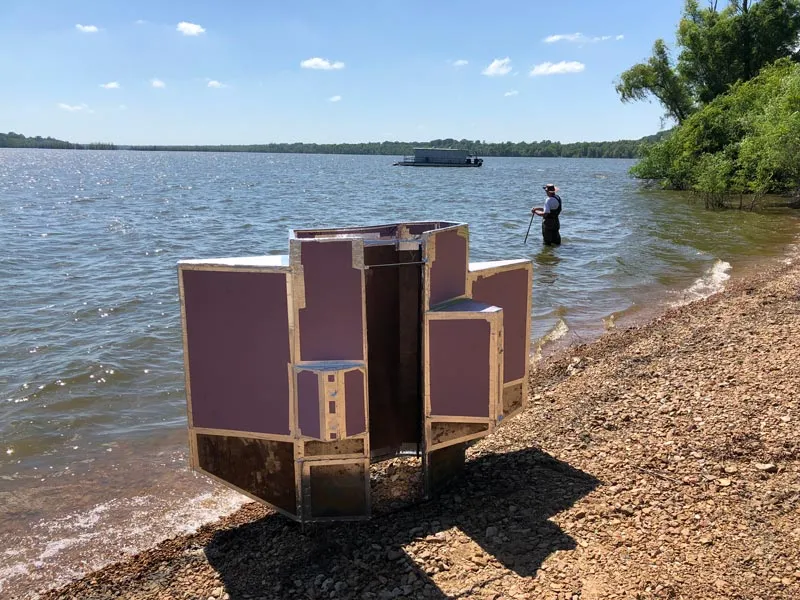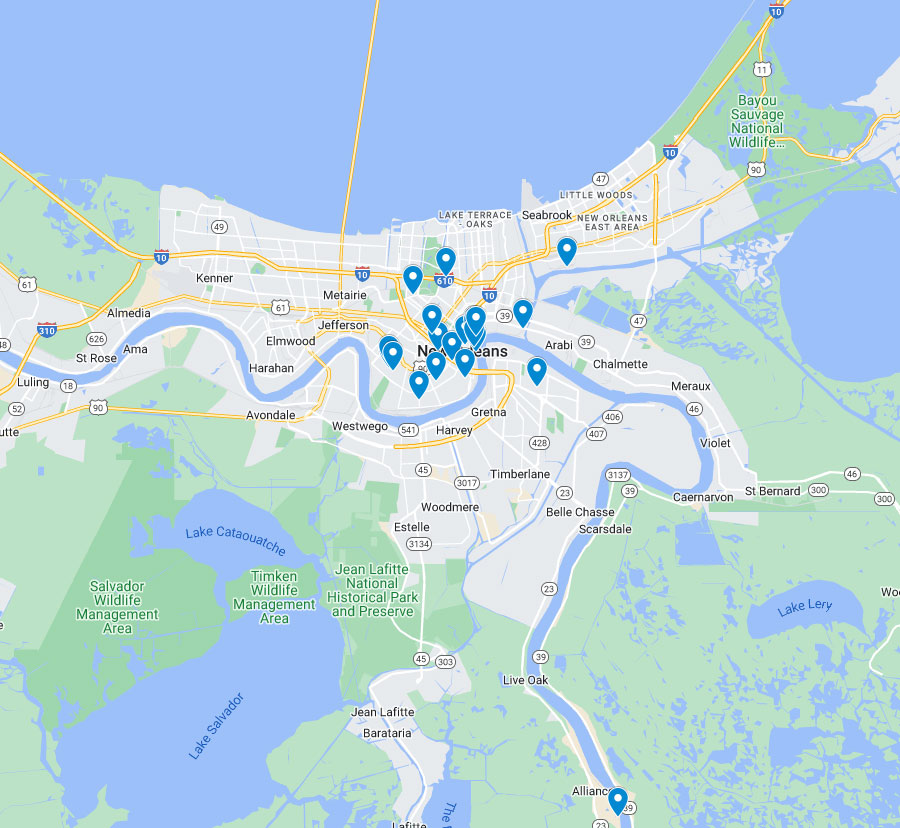
Biography
Adam Crosson received his MFA in Sculpture + Extended Media from The University of Texas at Austin where he was a Jack G. Taylor and Virginia R. Allen Presidential Scholar and was awarded the College of Fine Arts Fellowship. He holds a Bachelor of Architecture from the Fay Jones School of Architecture. In 2016/17, Crosson was a Core Fellow at the Museum of Fine Arts Houston and has been awarded fellowships to study at the Royal College of Art, London, and to attend the Vermont Studio Center. Forthcoming solo exhibitions will be held at The Ohr-O'Keefe Museum, Biloxi, MS, The Carrol Gallery at Tulane University, and Antenna Gallery, New Orleans. In 2018, he has been awarded multiple grants in support of his project, The Oxbow Index. He is currently Assistant Professor, Sculpture Area Head and Director of Studio Art Graduate Studies at Tulane University.
Research
The Oxbow Index seeks to detect and constellate a sense of place in a region vulnerable to cultural and geographical erasure. The project utilizes 28 oxbow lakes and waterways from Memphis, Tennessee to Angola, Louisiana as a series of way finders through the region and will include working with regional partners to help facilitate the production of photographs, drawings, sculptures, and film.
The Mississippi River’s Alluvial Plain or Delta, as part of the Regional South, has long been overlooked in the canon of modern and contemporary art. I have a personal investment in this region, aiming to archive the relationship between people and the river after World War 1 to the present. This time period coincides with the Army Corps of Engineers’ implementation of river cutoffs as well as the time in which my family began habitation in the region. The oxbow lakes that flank the river are potentially the last of bodies formed by the Mississippi River as a result of its course meanders. The lakes are vulnerable to disappearance based upon a manifold of current agricultural practices and measures taken to structure the river’s main stream. The oxbow lakes and surrounding communities are in a tenuous position and it is imperative to spend time documenting and responding to this series of documentations in order to translate an assemblage of place—in its current form—aiming to help mitigate future declination of the region’s essential geographical and cultural qualities.


